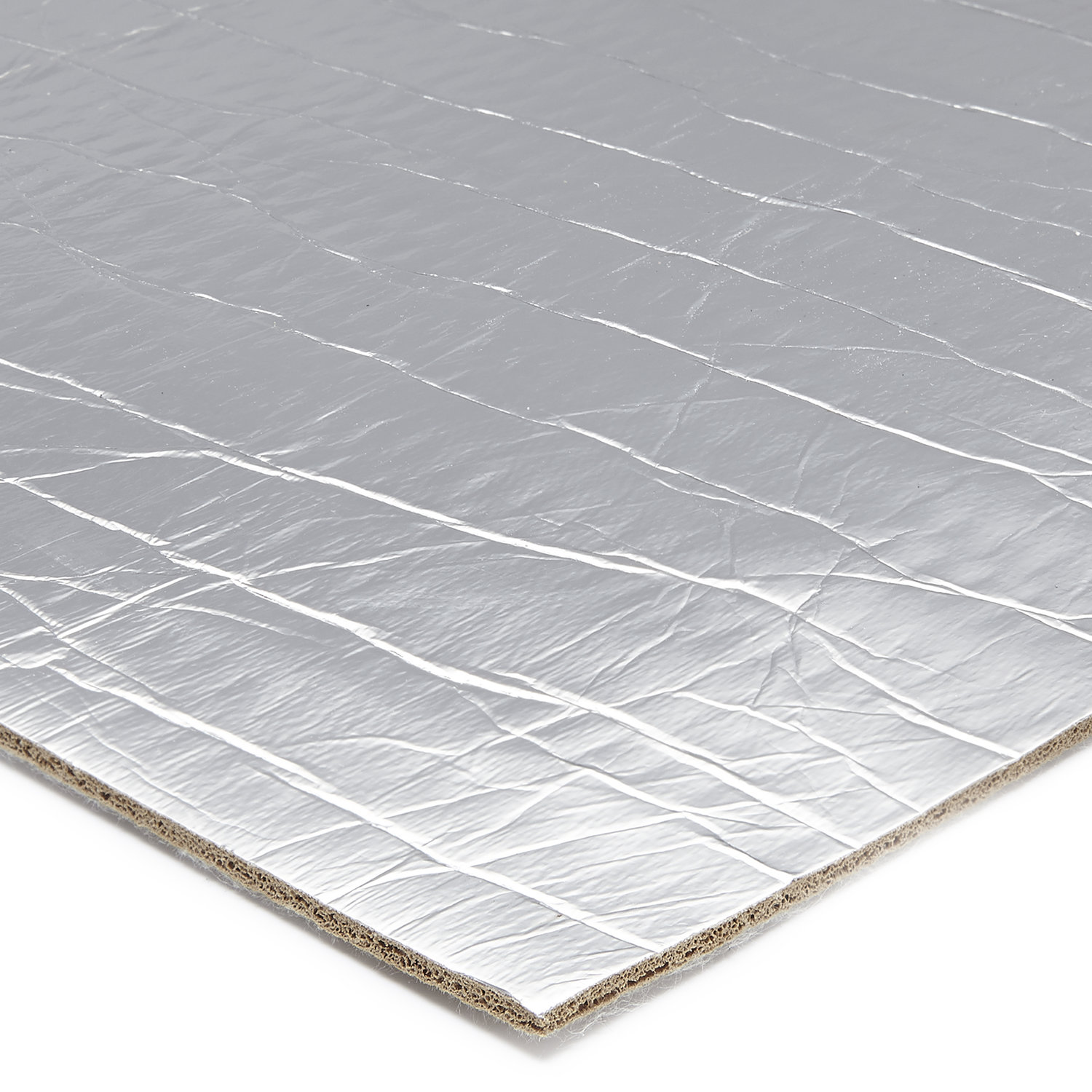- Joined
- 15 Jul 2022
- Messages
- 75
- Reaction score
- 2
- Country

Hi All,
I hope you are well.
I have about 90 years old house.
I was trying to asses if the concrete has a membrane but I reckon I would need to drill to find out.
I have taken pictures of the ducting hole, I see some plastic sticking out but not sure if you can consider this a moisture barrier.
Does it mean regardless if the membrane is there or not should I put plastic membrane on top? like this one?
 www.wickes.co.uk
www.wickes.co.uk
and then these wood fibre boards?
 www.screwfix.com
www.screwfix.com
this would only be 5mm thick but no insulation value
or is it better to use

 www.carpetright.co.uk
with underlay tape https://www.wickes.co.uk/Arbiton-Underlay-Foil-Tape---50mm-x-50m/p/220459
www.carpetright.co.uk
with underlay tape https://www.wickes.co.uk/Arbiton-Underlay-Foil-Tape---50mm-x-50m/p/220459
with wood fibre underlay on top, this would be 8mm thick in total
I checked the doors and on the ground floor there is at least 18mm clearance in the dining doom and between 25 and 30mm in the living room.
Upstairs it is at least 22mm clearance but I put the wood fibre underlay boards only.
I aim after 8mm thick laminate boards so I need at least 16mm without cutting doors.


I hope you are well.
I have about 90 years old house.
I was trying to asses if the concrete has a membrane but I reckon I would need to drill to find out.
I have taken pictures of the ducting hole, I see some plastic sticking out but not sure if you can consider this a moisture barrier.
Does it mean regardless if the membrane is there or not should I put plastic membrane on top? like this one?
NDC 1000 Gauge Black Damp Proof Membrane 4X12.5m | Wickes.co.uk
NDC 1000 Gauge Black Damp Proof Membrane 4X12.5m
and then these wood fibre boards?
Error 410 | Screwfix
Thousands of products at low trade prices | FREE next day delivery available | 30 day money back guarantee on all orders.
this would only be 5mm thick but no insulation value
or is it better to use

Timbershield Wood and Laminate Underlay 3mm
Buy Timbershield Wood and Laminate Underlay 3mm at Carpetright. Improve the comfort and durability of your carpet or flooring. Spread the cost with interest free credit.
with wood fibre underlay on top, this would be 8mm thick in total
I checked the doors and on the ground floor there is at least 18mm clearance in the dining doom and between 25 and 30mm in the living room.
Upstairs it is at least 22mm clearance but I put the wood fibre underlay boards only.
I aim after 8mm thick laminate boards so I need at least 16mm without cutting doors.
